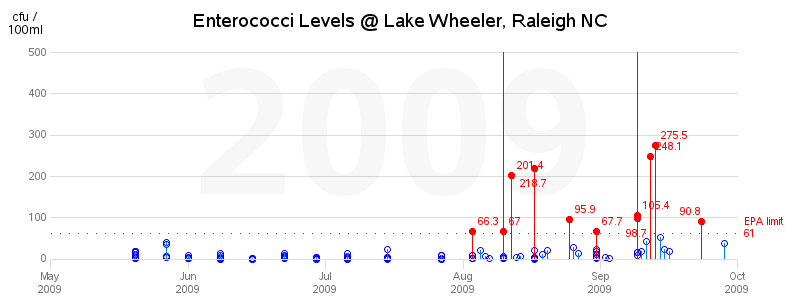
SAS users are always looking for ways to optimize, maximize, and prioritize just about everything. And that includes the precious commodity of time away from the office, even for users at a premier event like SAS Global Forum. Sure attendees get to learn and share with the best and brightest
















































